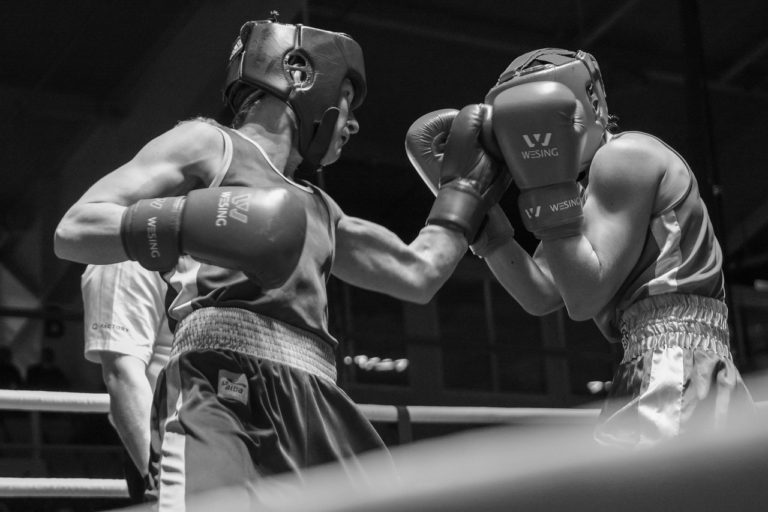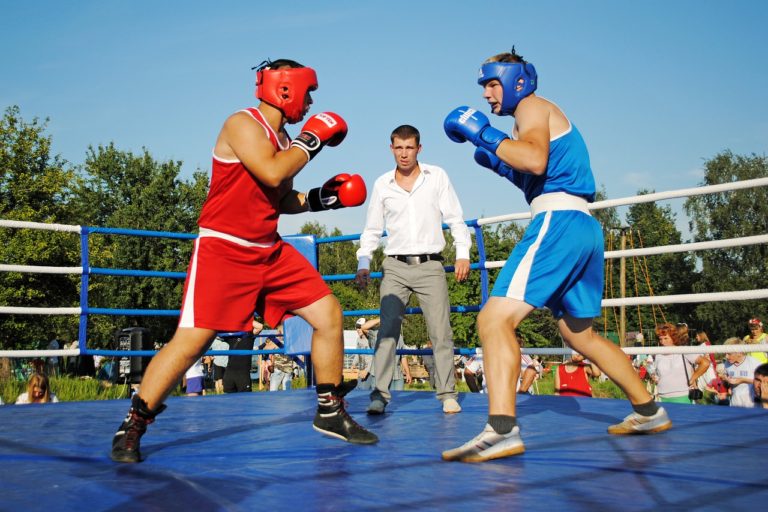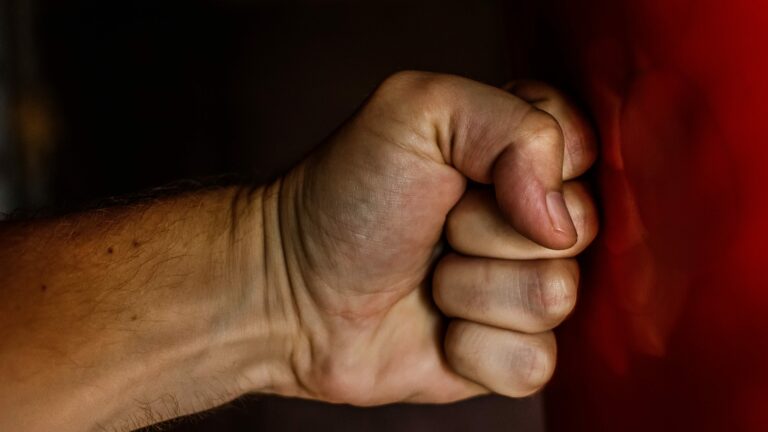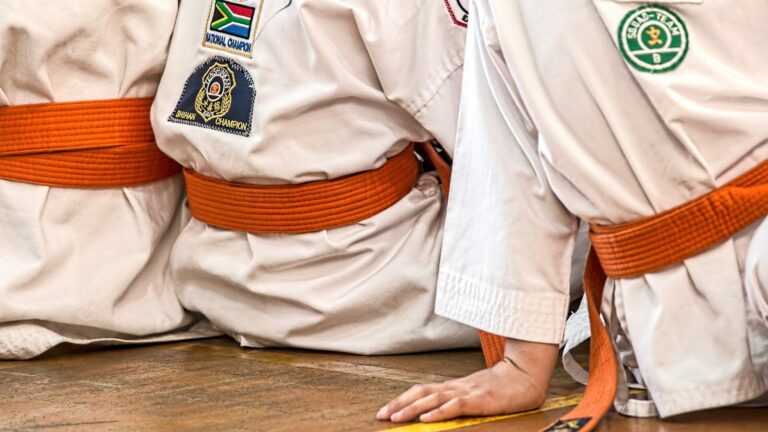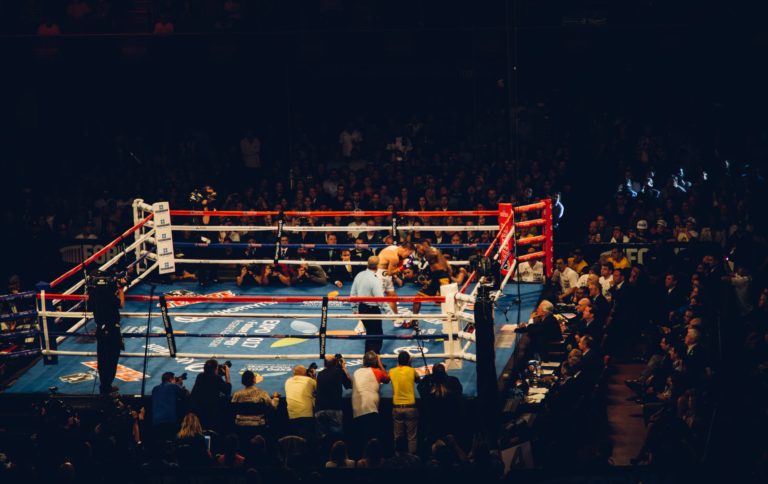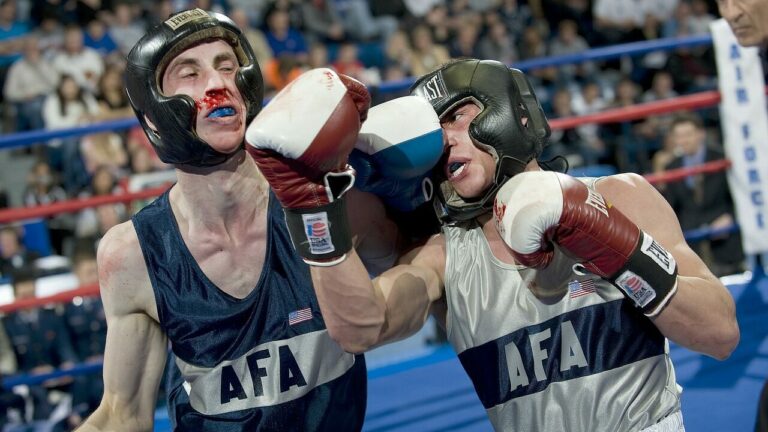Offensive vs Defensive Boxing – Which is Better?
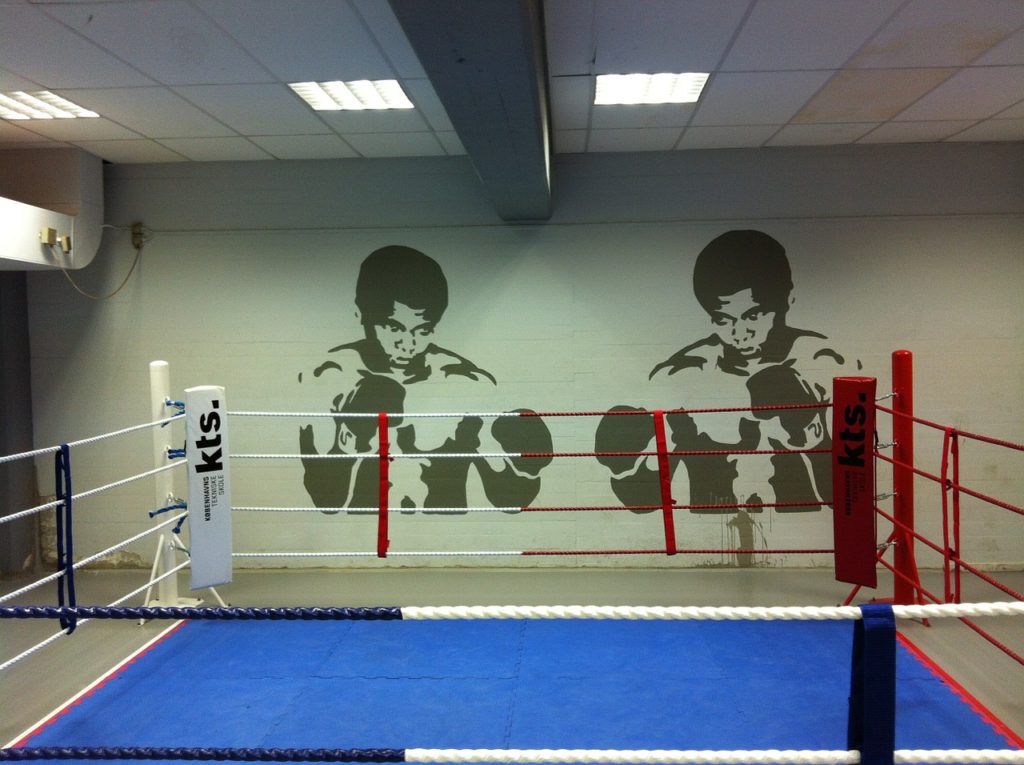
Throughout modern boxing, we’ve witnessed many fighters with illustrious careers and unfathomable amounts of success. We’ve watched brawlers like Roberto Duran capture the imagination of boxing fans with emphatic stoppages. While boxing geniuses like Floyd Mayweather Jr used brilliant defense to outclass their opponents.
Both fighters were great in their own respect but used highly contrasting styles to beat their opposition. So which is the better strategy in boxing, offense or defense?
There isn’t a definitive answer to this question as to which is better, however, defense is absolutely more valuable when you look at the overall picture.
Why Defense is more valuable
The premise of boxing is “to hit and not be hit”. This also happens to be the most difficult thing to do in the sport, landing your own shots without absorbing any yourself is an art very few can master. However, if you are able to develop a brilliant defense, it is likely to serve you better than having a big punch.
Professional boxing is scored by knockdowns, ring-generalship, defense, punches-landed, and the effectiveness of punches. This means that you don’t necessarily need to be the more aggressive fighter in order to win. Lots of fighters box the backfoot and counter-punch their way to victory by letting their opponents be the aggressor. Then they use evasive movement to nullify that aggression and move quickly in and out of range to land counter-punches.
Being aggressive in boxing isn’t difficult, but being an effective aggressor is incredibly hard, especially against a skilled opponent.
Floyd Mayweather Jr is the most iconic example of a “defensive fighter” in recent boxing and because of how little damage he took throughout his career, he was able to box professionally for nearly 20 years. When asked about his longevity at the end of his career, he explained “when my dad first took me to the gym he taught me about movement, and then the first thing he told me is this, the less you get hit, the longer you’re going to last in the sport”.
Having a strong defense also protects fighters from taking unnecessary damage. Health risks are an inherent part of boxing, but that risk can be reduced by having a good defense. According to the American Association of Neurological surgeons, 15-40 percent of former boxers show signs of chronic brain injury so its imperative for fighters to be able to protect themselves.
Why Offense is more fun
While defense is inevitably more valuable from a sports perspective, an offensive style is much more valuable from an entertainment perspective. Hardcore boxing fans will watch technical matches as well as brawls but the general public tends to gravitate towards violence.
Most casual boxing fans want to watch brawlers because of the fast-paced, action-packed nature of these fights that makes for good entertainment. When two high-level fighters who both have aggressive styles clash, they often put on spectacular shows as they stand in front of each other and exchange punches.
A good example of a great fight in recent times was the trilogy between Tyson Fury and Deontay Wilder. Both Fury and Wilder came into the fight with offensive strategies resulting in an epic brawl, they both showed tremendous heart, knocking each other down several times and continuing to fight until Fury finished Wilder in the 11th round with a sweeping right hand.
The main advantage of fighting aggressively is that you’re more likely to get a stoppage and sometimes you can use aggression to overwhelm or break down an opponent who isn’t accustomed to boxing on the backfoot. However, an issue that lots of new boxers face with the offense strategy is that they aren’t experienced enough to properly use it.
You’ll often see new boxers rush in and try to unload massive shots but they get picked apart quickly and can’t grasp what went wrong. So while knowing how to brawl is a valuable skill to have, its absolutely more important to know how to properly box.
How Offense can be Defensive
Although it sounds confusing, an offensive style can be a form of defense as well. The most iconic example of this is Mike Tyson and his peekabo style which he learned from legendary boxing trainer Cus D’Amato. Tyson was quite short for a heavyweight, standing at 5 feet 10 inches so he wasn’t able to use traditional head movement. This meant that he had to use his offense as his defense as well, he would move his head laterally, slipping punches to the side as he simultaneously moved forwards to land shots of his own.
Of course, not many fighters can emulate Mike Tyson’s style but there are ways to be aggressive and still have a good defense. These are a few techniques that fighters use to remain as elusive as possible while using an aggressive style:
- Head movement – Both defense and offensive fighters will use head movement to evade punches but in slightly different ways. Defensive fighters will typicaly pull back while changing angles, slip underneath shots, and move out of range. Offensive fighters are more likely to press forward while slipping punches to create openings to land heavy shots, the best example of this is Canelo vs Jacobs.
- Footwork – Not allowing your opponent to find your rythm is with footwork is another strategy that fighters like Vasyl Lomachenko use. Using smart footwork, some aggressive fighters can overwhelm their opponents through constantly changins angles of attack, leaving their opponents flustered as they don’t know where to punch. Out of all the things listed, this is hardest thing to master and requires years of experience and masterful agility.
- Punch Volume – Similar to offensive footwork, the concept behind high punch volume is to disortientate your opponent, not giving them time to react. The legendary Manny Pacquio was the eptiome of this style, he had incredibly fast hands and would throw lots of punches often overwhelming his opponents.
Offensive vs Defensive training
Since the focus of these two styles is different, the training involved is quite different as well. Boxing defensively usually has a large emphasis on movement whereas offensive boxing is more focused on punching. These are some exercises commonly used by fighters when training offense and defense:
Offense:
- Heavy-bag – Allows to focus on both combinations and singlar punches on a still target along with improving technique and power
- Punch-shield training – Focus is singlar shots and power punches
- Form – Aside from weight, form is the biggest factor that goes into producing power. The correct transfer of weigh can have profound improvements on punching power.
- Hard-sparring – Hard sparring is dangerous and can often hinder the longevity of a fighters career if practiced often but is useful when preparing for brawlers.
Defense:
- Head-movement drills – One of my faveriote head movement drills is using pool noodles to slips punches. One person uses pools noodles to replicate long arms throwing punches while the other focuses on evading them at range.
- Mitt-work – Practicing mitt-work is exellent for defense as you can practice counter punching and combinations as well as evading the pads.
- Technical sparring – I think the best way to learn good defense is from sparring, technical sparring invloves softer punches but much more thinking and calculating. It’s a good way to practice movement and the strategic side of boxing.

